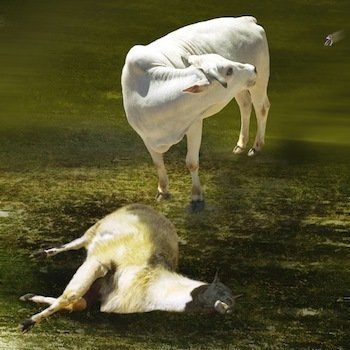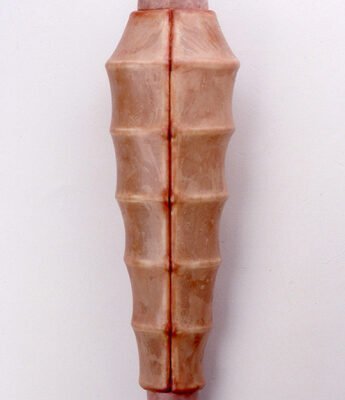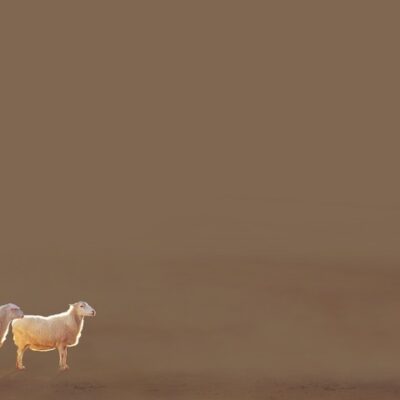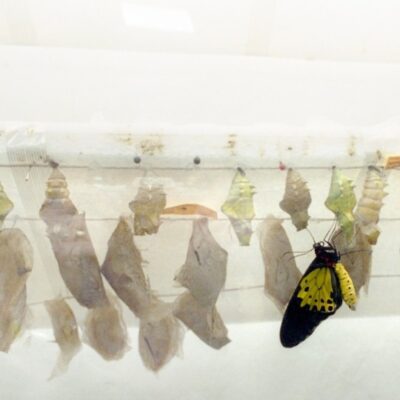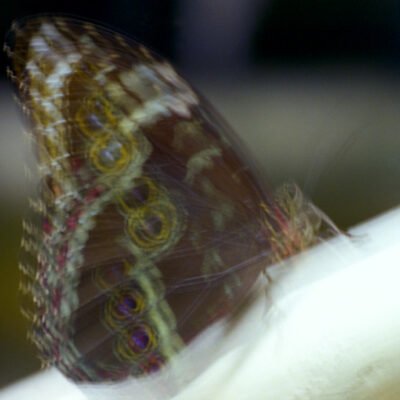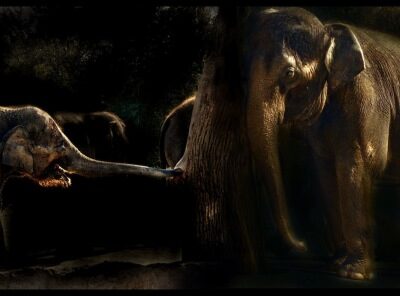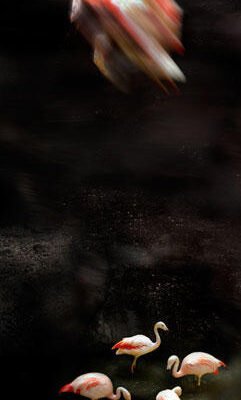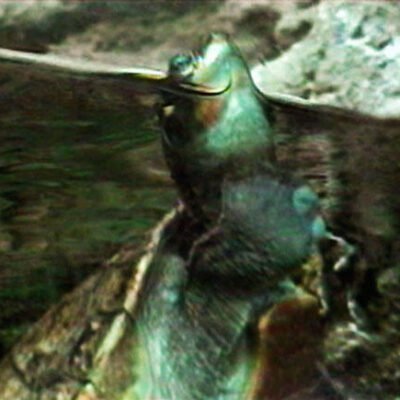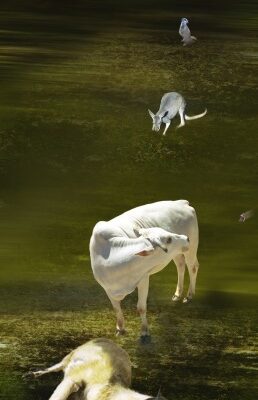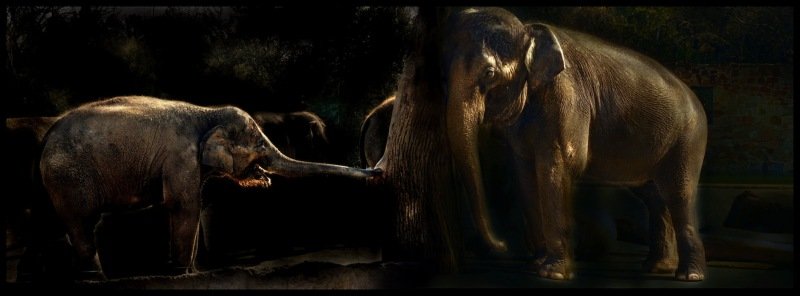

Allison Hunter
In Hunter’s digitally manipulated photographs, zoo animals are shown divested of their everyday settings and recontextualized in surreal surroundings. Removed from their enclosures yet still ‘caught,’ framed in abstract washes of light and color, Hunter’s eerily prescient animals are far from pastoral. With background details missing, the photographer’s gaze feels heightened and hyperreal–and Hunter’s zoological subject reciprocate that gaze from lushly captured moments slowed down, halted, frozen in time.
Artist Statement
The Slower Still exhibition of photographs and a single-channel video examines my relationship to animals and time. By using the computer to complete my work, I was able to experience time differently, digitally rendered and stretched, slower than still. I photographed captive animals at four locations throughout Texas (Houston , Dallas, Fort Worth, Glen Rose) with two film cameras and a digital video camera over a six-month period in 2006. I scanned the film and began the 2-year process of creating my work on the computer. The process of shooting on location and working on the computer over a long period of time informed my concept for this work. I spent an average of three hours at each location photographing live animals and as much as three months on each image. I made many versions of each image and many layers within each digital file, testing various compositions. The images I carefully pored over depicted live beings I “captured” on film with split-second shutter speeds. The slow process of compositing involved re-viewing these compelling living beings in a way that I did not at the time I took them. This intense observation of a vulnerable subject reminded me of another art practice, which I did for many years before I ever picked up a camera. Life drawing involves intensely observing a “captive” living being in order to create an image of that person. Life drawing classes typically consist of a room full of art students standing behind easels with paper pads, focusing intensely on a motionless nude model in the center of the studio. The goal of each student is to finish drawing the model before they change their pose, which lasts on average between thirty seconds to thirty minutes. In addition to creating a finished drawing, the purpose of life drawing is to observe from life, learn from and in the lived moment. There is an aspect of respect and privilege on the part of the student in front of the subject model that intensifies the experience from drawing a non-living still life. While working on Slower Still, I felt a similar intensity with my subject. For example, while I was at the zoo in front of the snake-necked turtles, I was fascinated and distracted while recording the video. It was only later that I could fully observe the details of the turtle as it moved across my screen. I digitally processed a three-second segment of the turtle swimming up to the surface of the water for air, a segment which I slowed down even more by digitally stretching time through the use of digital editing software. In contrast, traditional photography happens in the instant that the shutter is released. But, Slower Still happened over many kinds of time – the lived experience, the shutter speed, the digital processing. In fact, Slower Still became about time. The animals’ time – their lives spent in captivity, the artist’s time invested in a single image, culminating in the viewer’s time to observe and contemplate the finished work.
